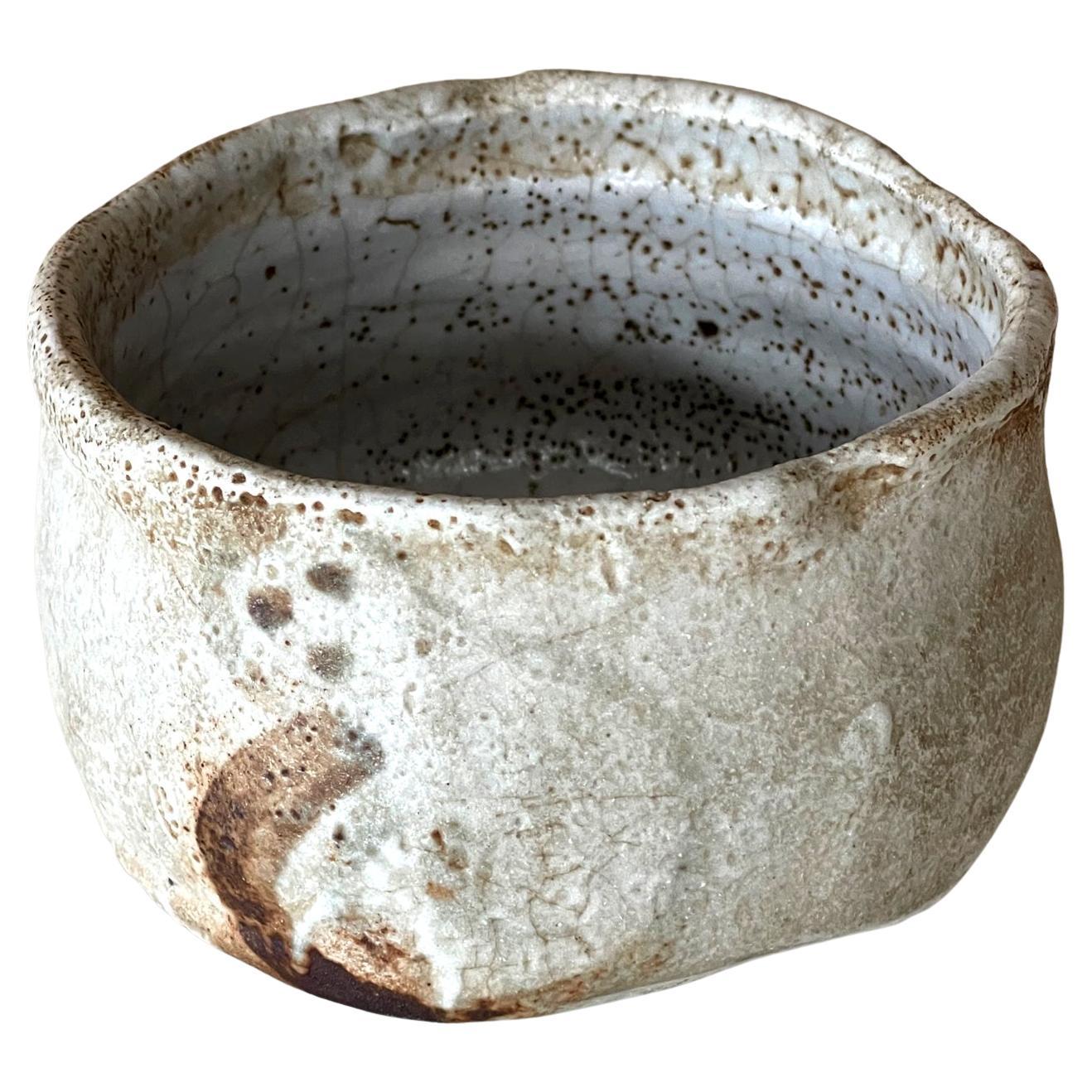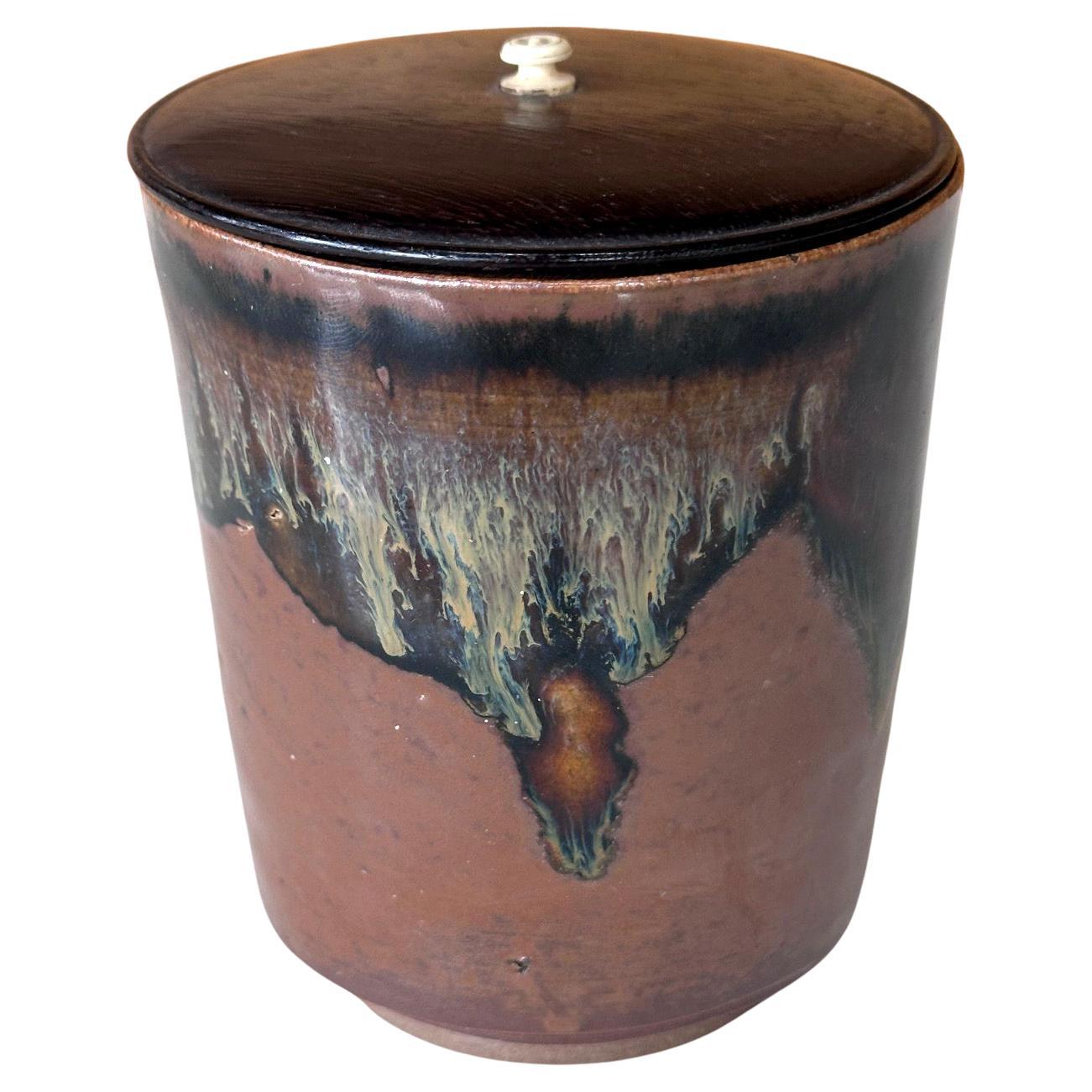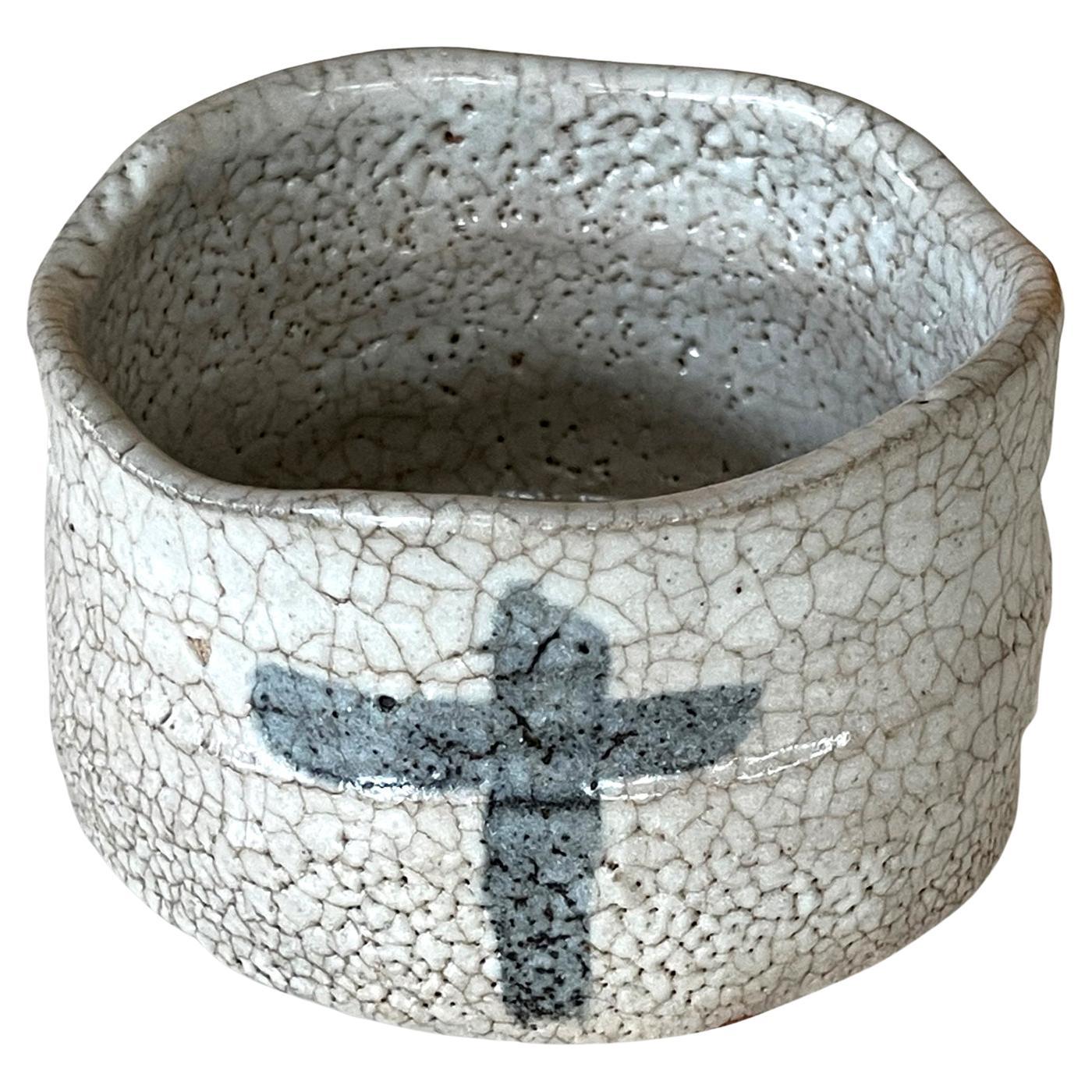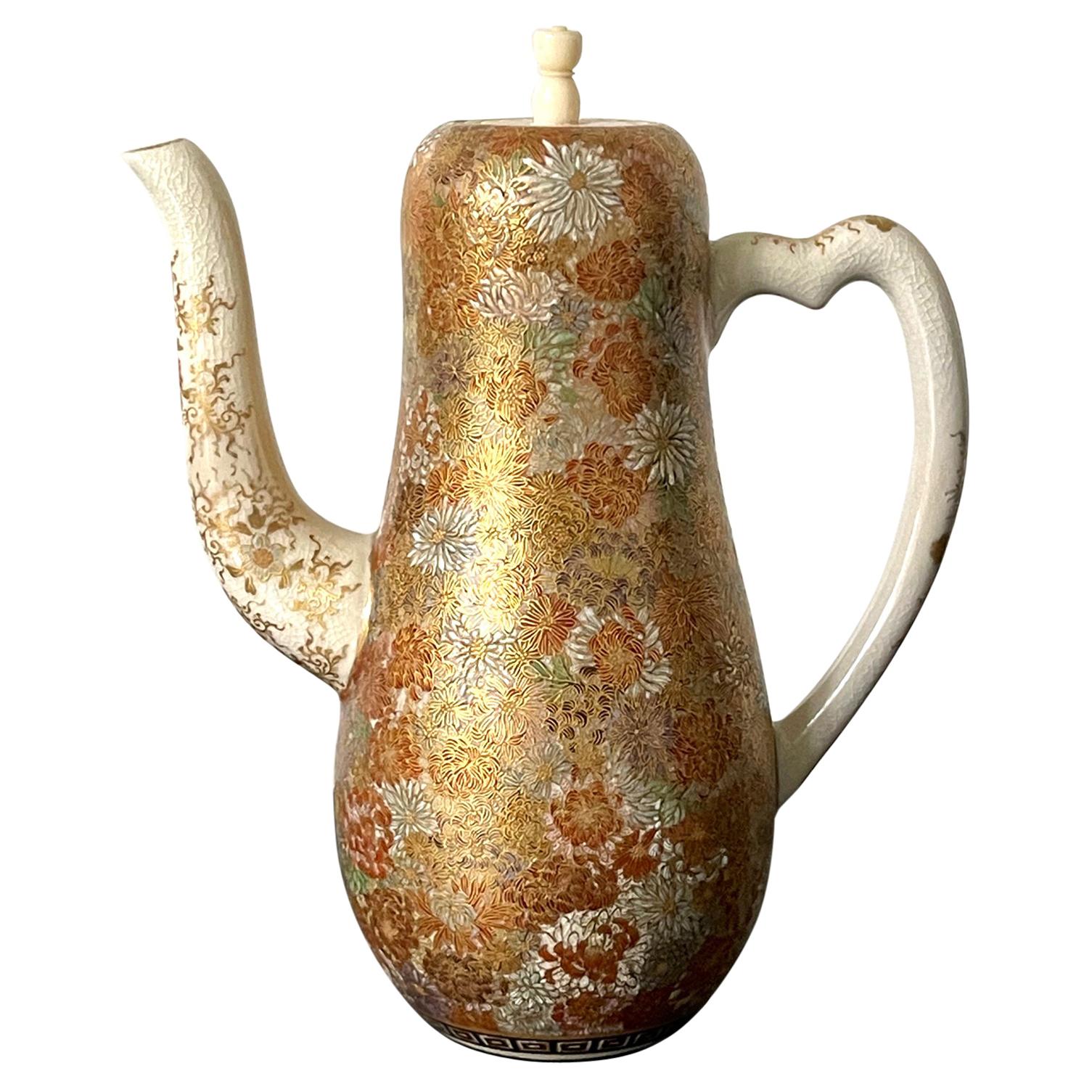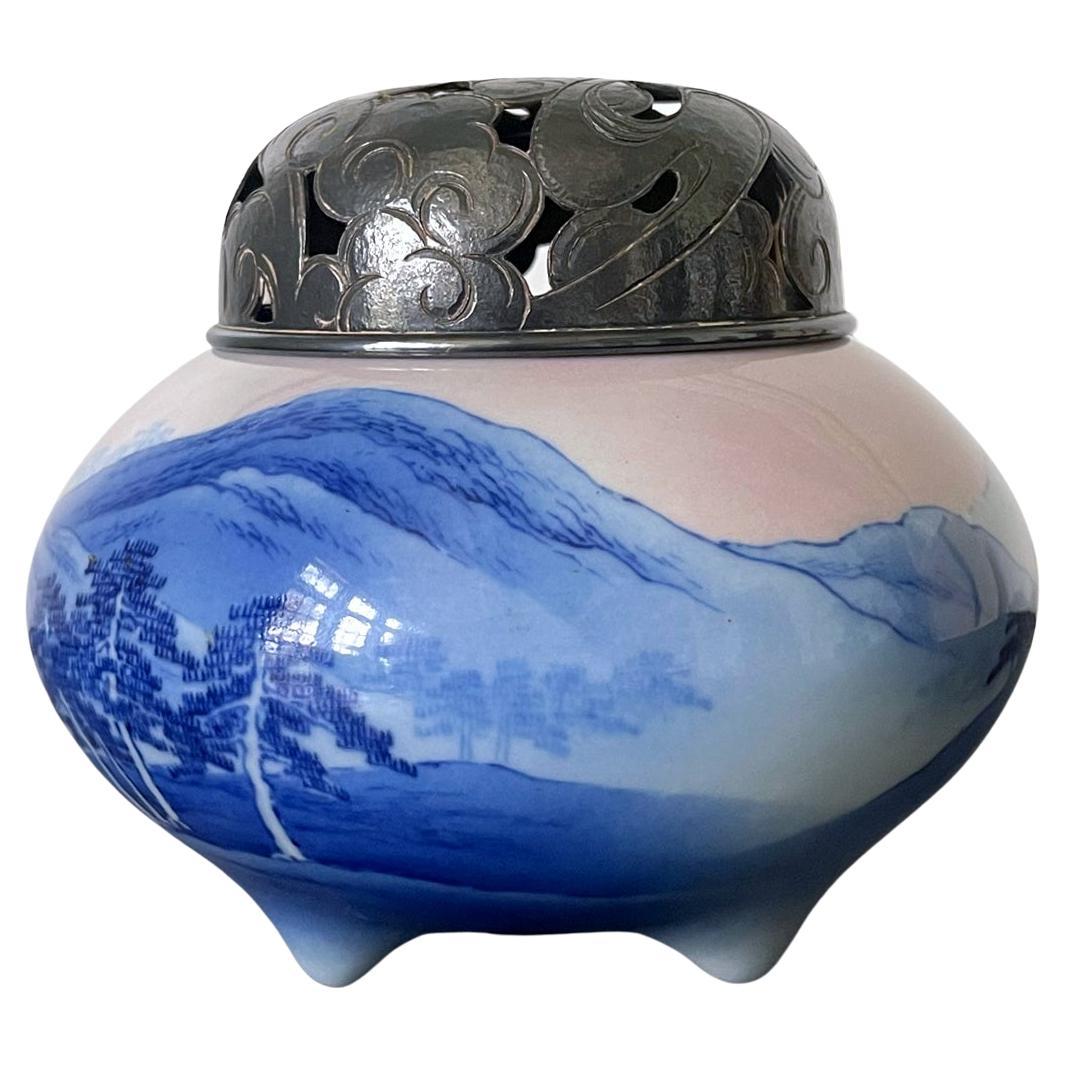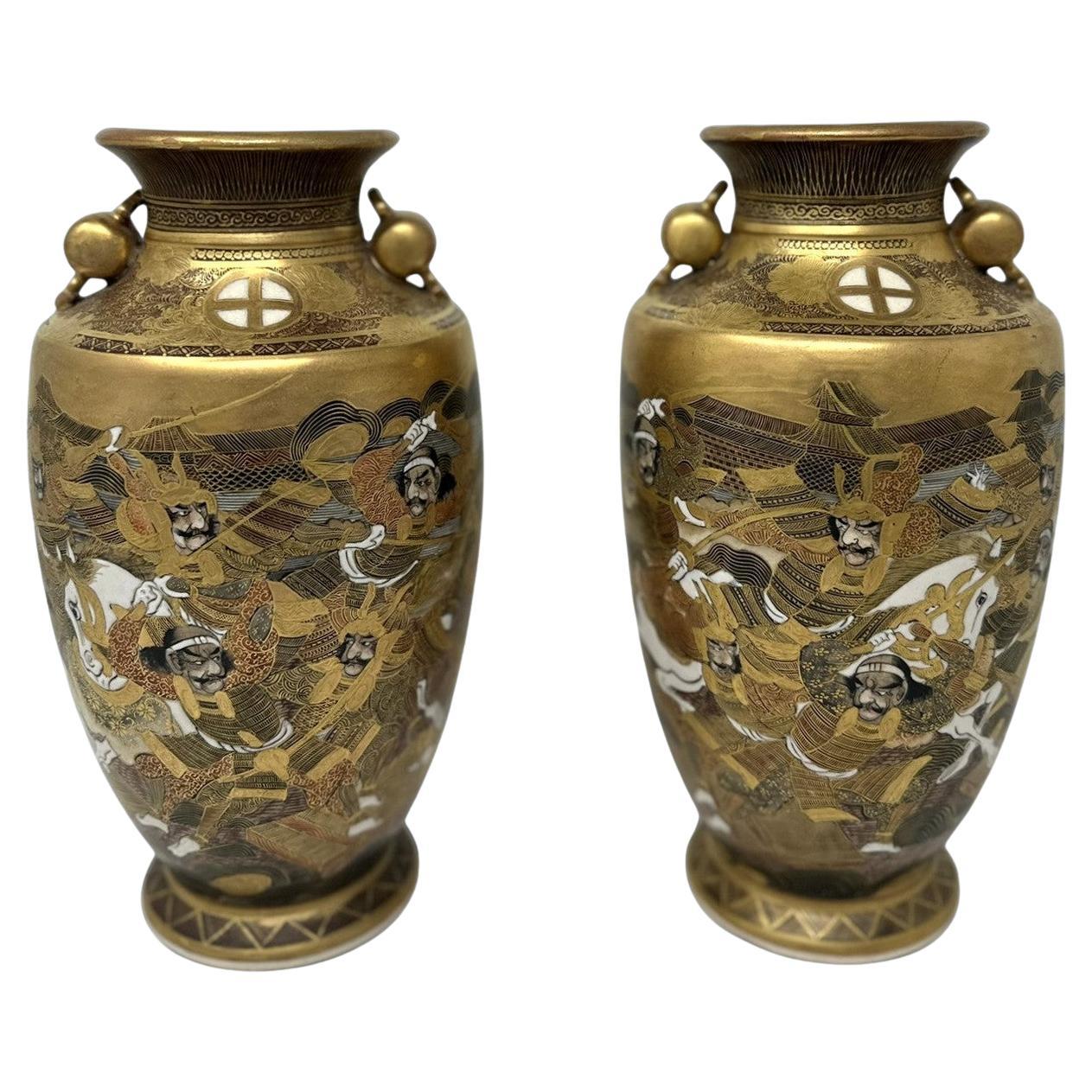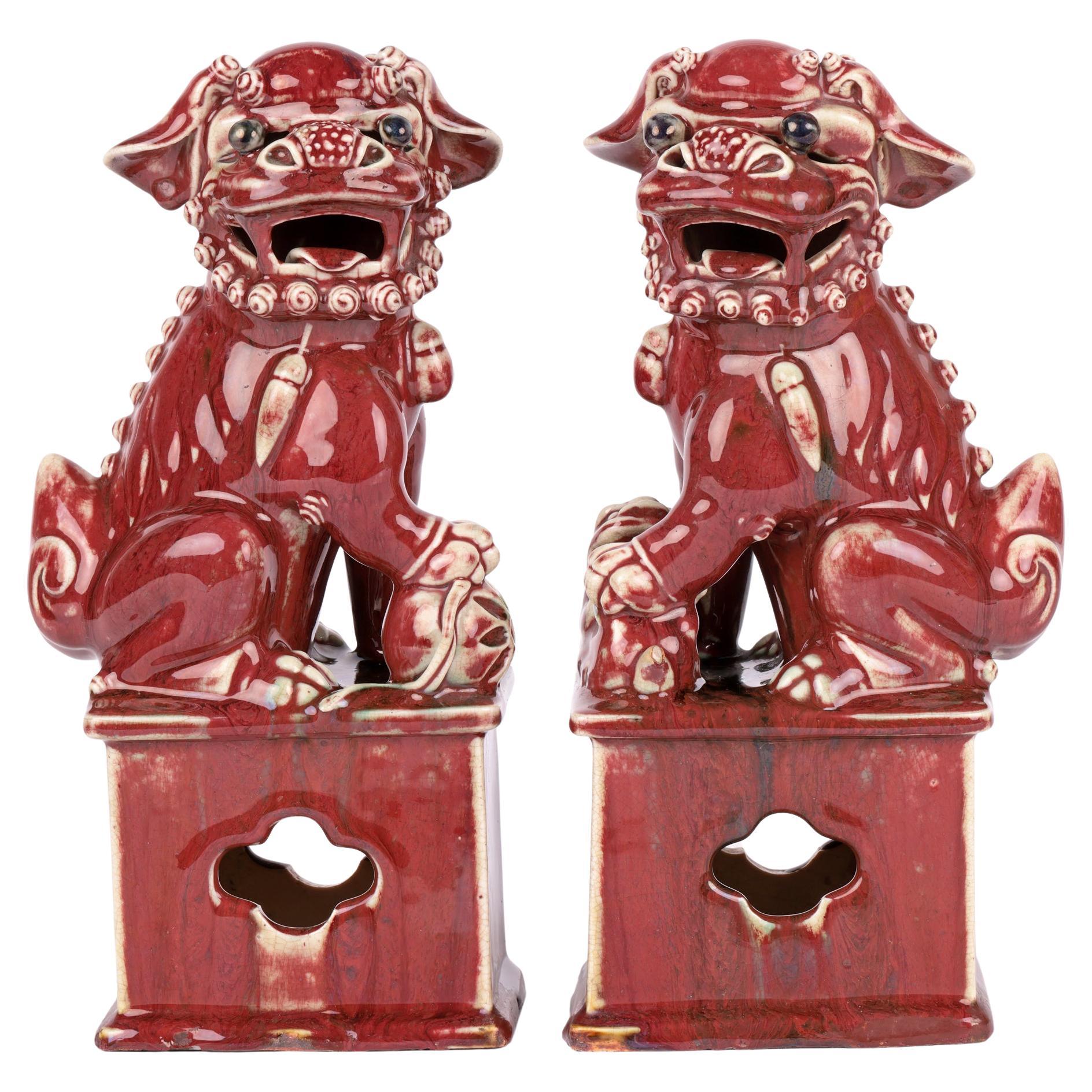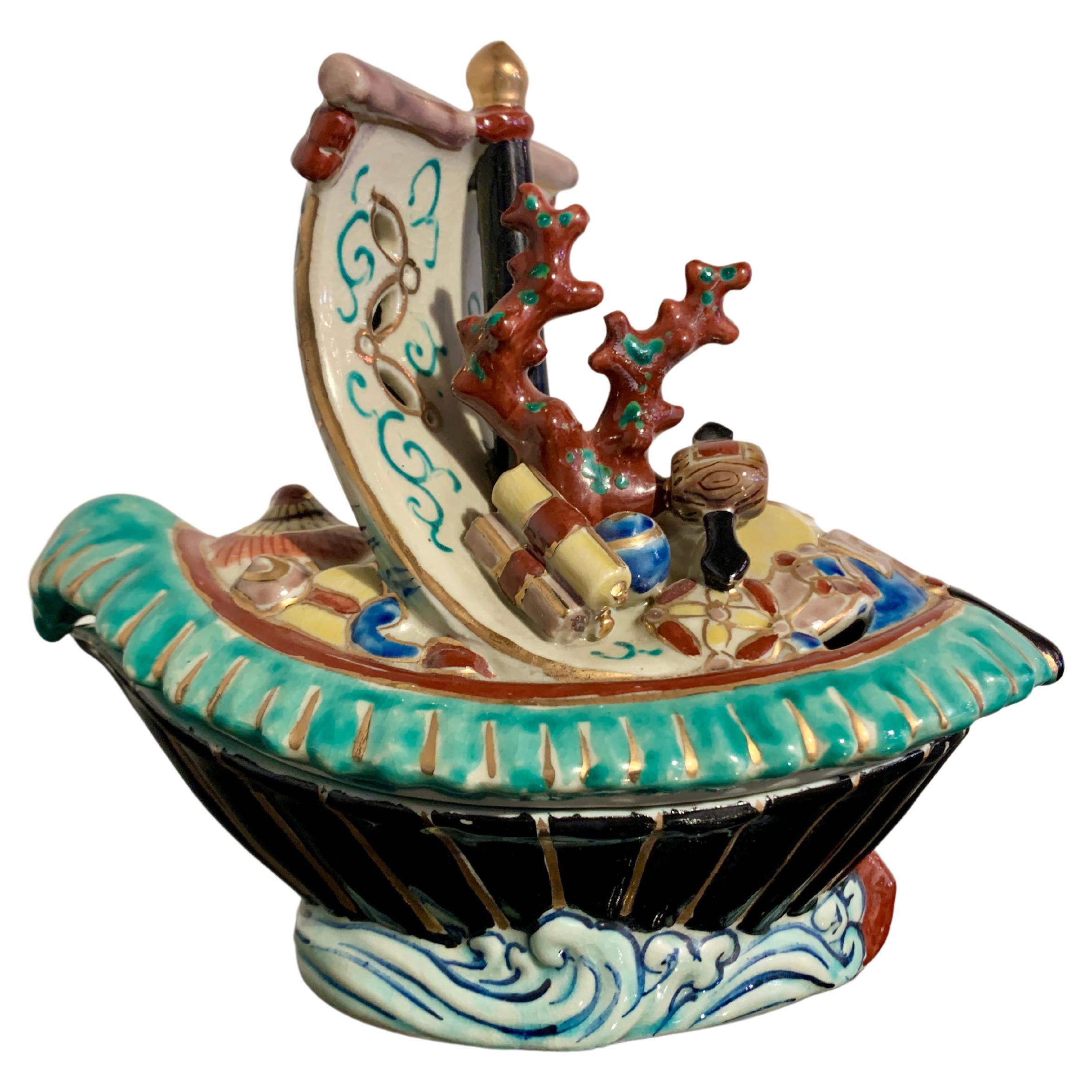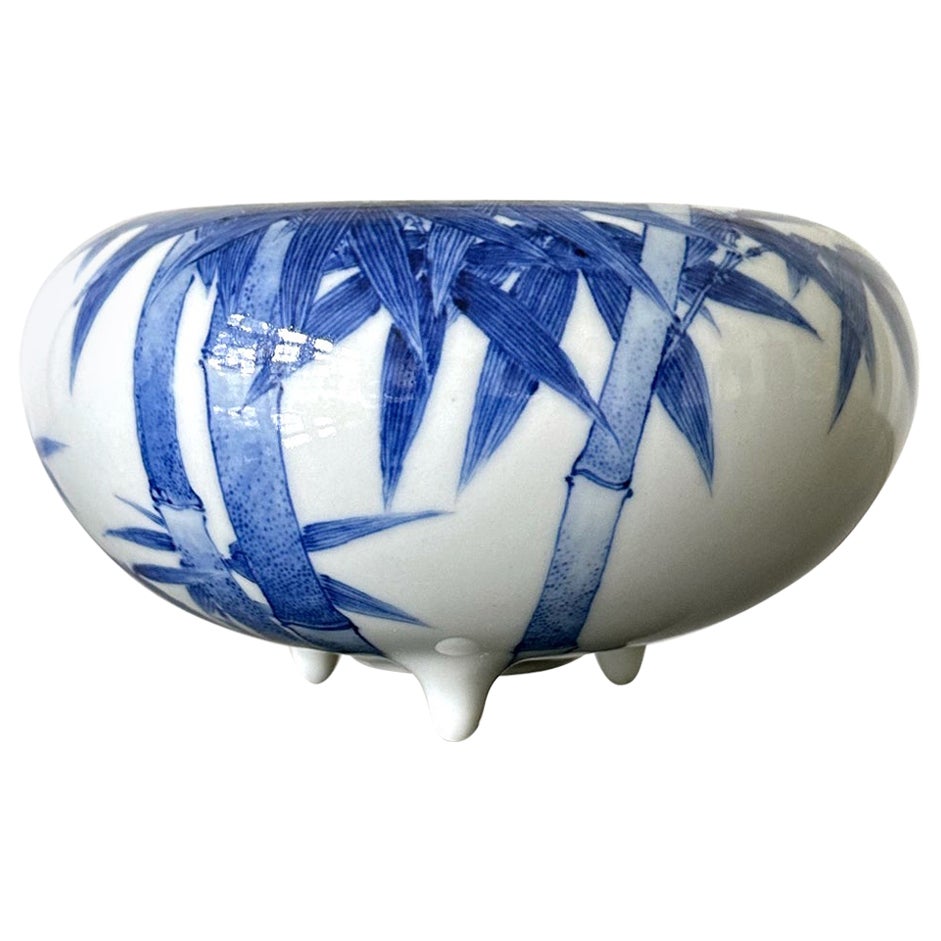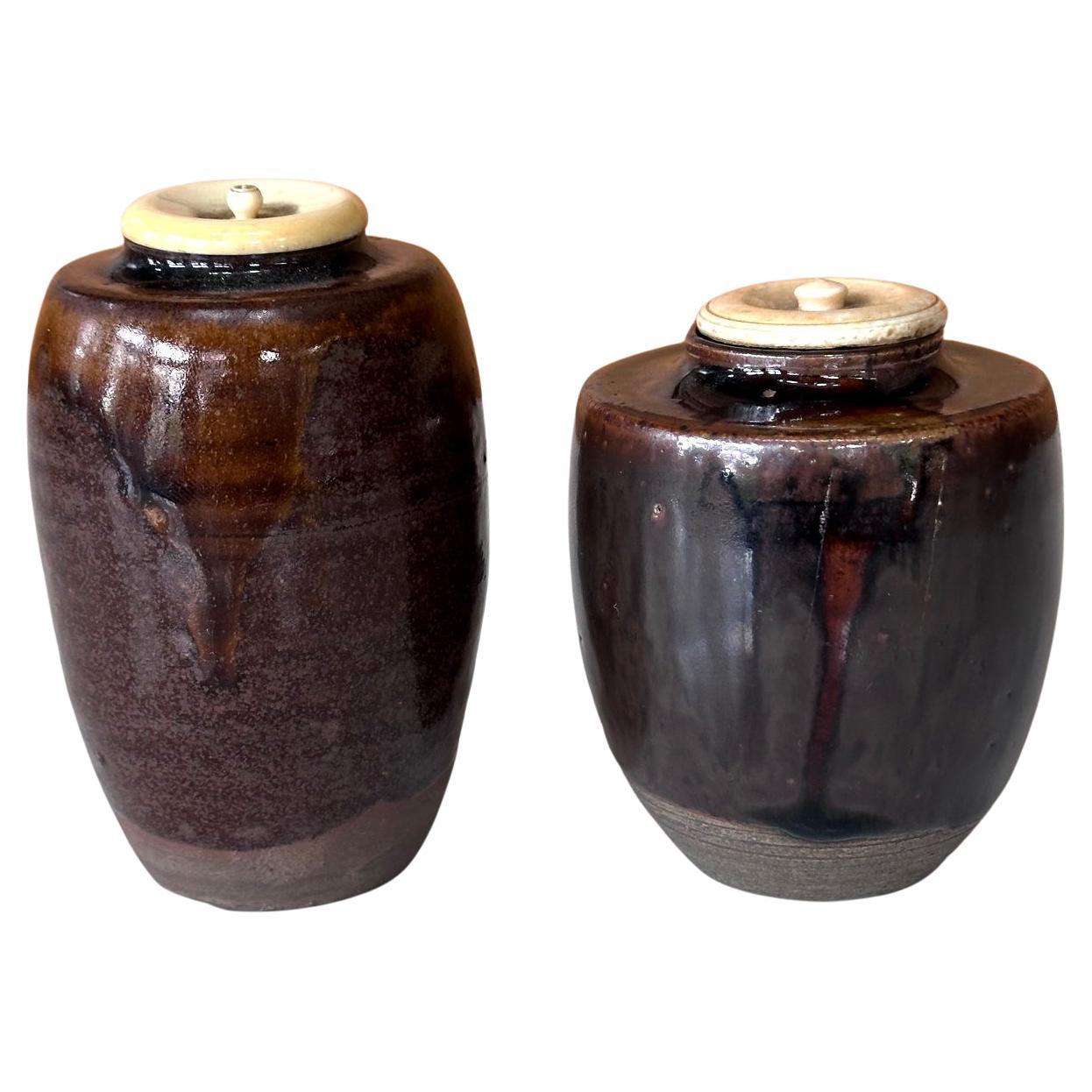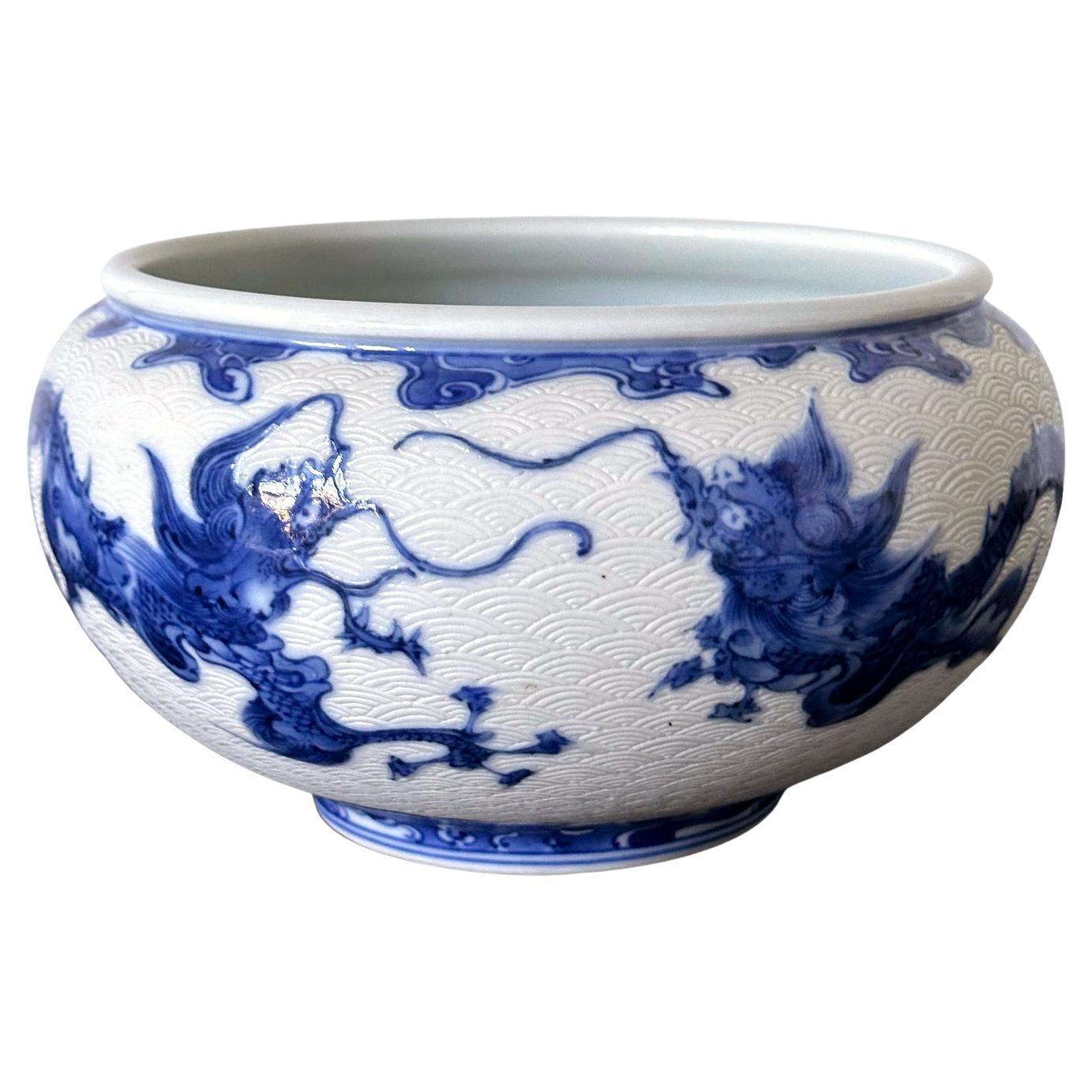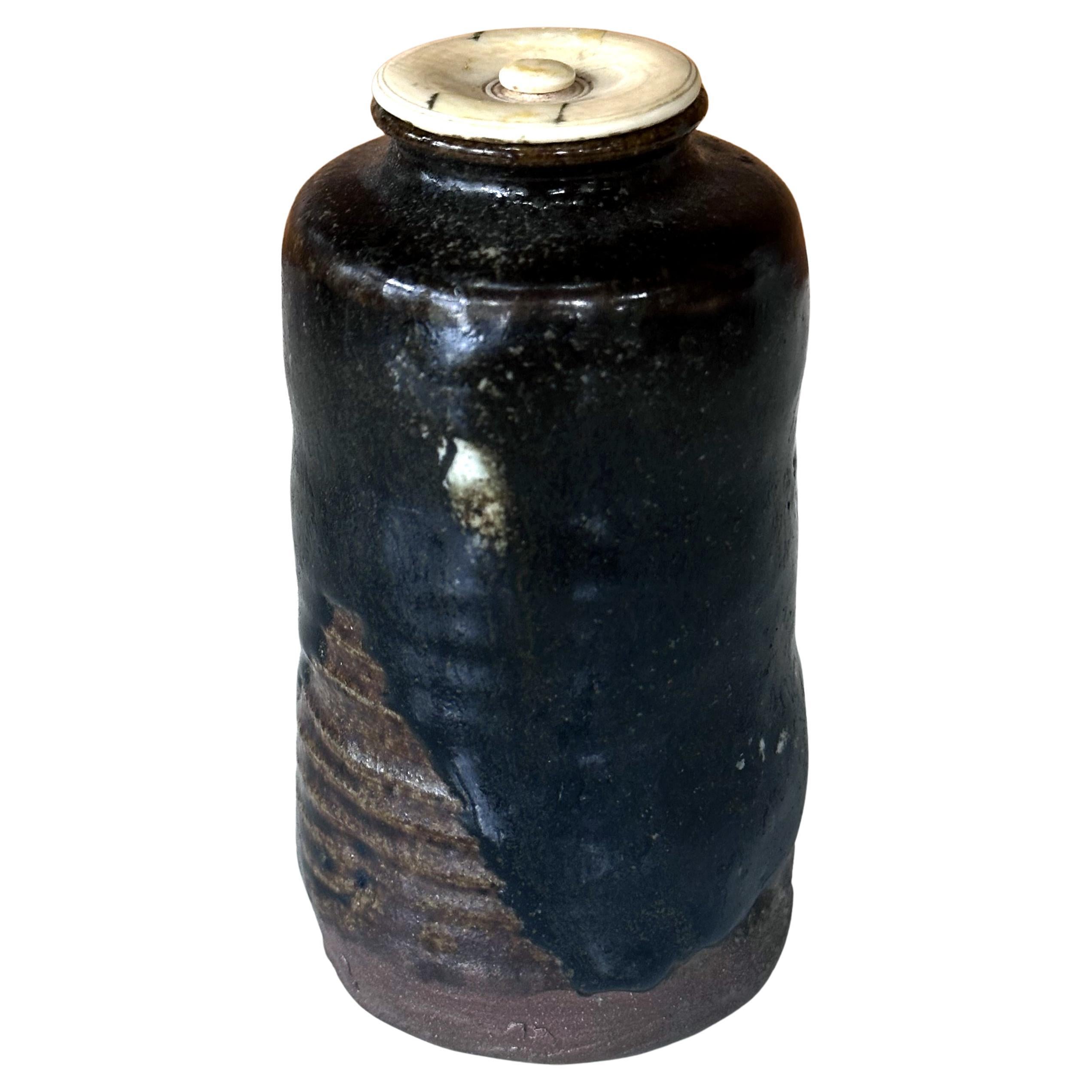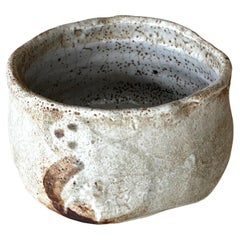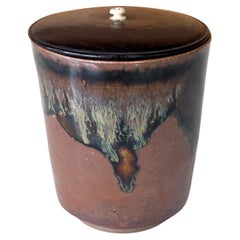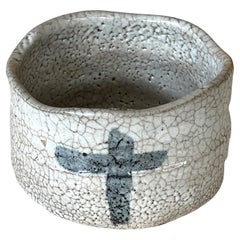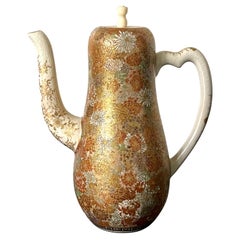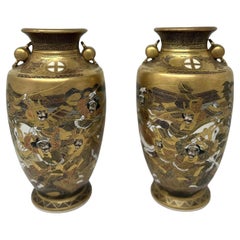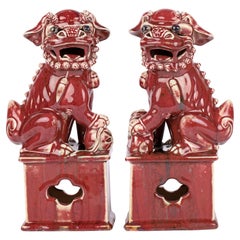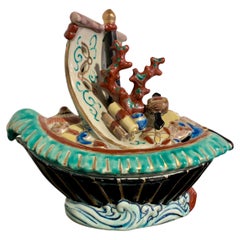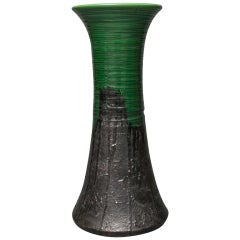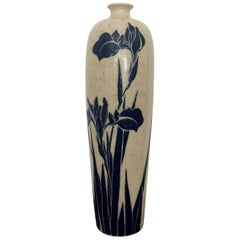
Japanese Kyoto Ware Vase Attributed to Ninsei
View Similar Items
Want more images or videos?
Request additional images or videos from the seller
1 of 12
Japanese Kyoto Ware Vase Attributed to Ninsei
Price:$3,200
$4,500List Price
About the Item
- Attributed to:Ninsei (Artist)
- Dimensions:Height: 10.25 in (26.04 cm)Diameter: 3 in (7.62 cm)
- Style:Japonisme (Of the Period)
- Materials and Techniques:
- Place of Origin:
- Period:
- Date of Manufacture:1920s
- Condition:Wear consistent with age and use. No chips, crackles or losses. Some wear to the base and surface, commensurate with age.
- Seller Location:Atlanta, GA
- Reference Number:1stDibs: LU945013072402
About the Seller
4.9
Platinum Seller
Premium sellers with a 4.7+ rating and 24-hour response times
Established in 2006
1stDibs seller since 2010
565 sales on 1stDibs
Authenticity Guarantee
In the unlikely event there’s an issue with an item’s authenticity, contact us within 1 year for a full refund. DetailsMoney-Back Guarantee
If your item is not as described, is damaged in transit, or does not arrive, contact us within 7 days for a full refund. Details24-Hour Cancellation
You have a 24-hour grace period in which to reconsider your purchase, with no questions asked.Vetted Professional Sellers
Our world-class sellers must adhere to strict standards for service and quality, maintaining the integrity of our listings.Price-Match Guarantee
If you find that a seller listed the same item for a lower price elsewhere, we’ll match it.Trusted Global Delivery
Our best-in-class carrier network provides specialized shipping options worldwide, including custom delivery.More From This Seller
View AllAntique Japanese Shino Ware Chawan Tea Bowl
Located in Atlanta, GA
On offer is a Japanese ceramic tea bowl (chawan) used in the traditional chado ceremony. The bowl was potted in clog form with a ring foot shaved extremely low. Its size and harmonious proportion make it perfect to be held in both hands during chado. Classified as shino ware...
Category
Antique 18th Century Japanese Edo Ceramics
Materials
Ceramic
Rare Antique Japanese Ceramic Takatori Ware Hoso Mizusashi
Located in Atlanta, GA
This small ceramic container from Edo period Japan circa 1800s was made in the Takatori Kilns in Fukuoka Prefecture. This type of small, tall jar with a lid was specifically created ...
Category
Antique 19th Century Japanese Edo Ceramics
Materials
Ceramic
Japanese Shino Ware Chawan Tea Bowl by Toyoda Katsuhiko
Located in Atlanta, GA
A modern Japanese ceramic tea bowl (chawan) made by potter Toyoda Katsuhiko (1945-). The bowl was potted in clog form with a short ring foot in the tradition of Shino ware...
Category
20th Century Japanese Edo Ceramics
Materials
Ceramic
Japanese Satsuma Ceramic Ewer Yabu Meizan
By Yabu Meizan
Located in Atlanta, GA
A Satsuma ware miniature ewer from the studio of Yabu Meizan (birth name Yabu Masashichi; 1853-1934), who was one of the most celebrated and collectible Satsuma artists from the Meij...
Category
Early 20th Century Japanese Japonisme Ceramics
Materials
Ceramic
Japanese Glazed Ceramic and Silver Koro Incense Burner Makuzu Kozan
By Makuzu Kozan
Located in Atlanta, GA
A tri-pod ceramic incense burner (koro) by Japanese Imperial potter Makuzu Kozan (1842-1916) circa late Meiji to the start of Taisho period (1890-1910s). A fine example of the artist's work belonging to the late part of his underglaze paint phase (started around 1887 until his death), the surface of the koro was painted in beautiful shades of blue to depict a continuous landscape not unlike a traditional ink and watercolor hand scroll. The rise and fall mountains recede and fade into the horizon and are dotted with groves of pines. The sky is painted with a beautiful subtle shade of pink, suggesting a time of sunrise or sunset. The koro is fitted with an ensuite reticulated sterling silver hoya (incense cover), pierced with swirling cloud and marked with "pure silver' in Kanji. The base is signed in underglaze blue "Makuzu Kozan Sei" within a double ring. The piece is beautifully potted in form and the decoration was done with expertise using the novel technique developed by Kozan called Fuki-e (the blow painting), in order to achieve the striking landscape known as "Mountain and Water" with sense of dimensions and gradient, the poetic effects normally conveyed only by sumi ink staining on paper. The piece comes with an unsigned tomobako (wood storage box) of a recent age.
Also known as Miyagawa Kozan (1842–1916), Makuzu Kozan was one of the most established and collected ceramist from Meiji Period. Born as Miyagawa Toranosuke, Kozan established his pottery studio in Yokohama around 1870s and later became one of the appointed artists to the Japanese Imperial household. His work was exhibited in many international fairs that the Meiji government participated at the turn of the century and won many grand prizes. Being one of the most creative ceramists, Kozan started experimenting with new chemical colors from the West in the format of his porcelain glaze around 1880s. New colors allowed him to create underglaze designs that appeared bright, smooth and glossy. He even invented his own receipt of cobalt blue to achieve a much brighter yet softer shade, as evident on this vase. To create landscape that is realistic and dimensional, more common in the western paintings, he was inspired by the native Japanese ink painting technique developed around 1900 by Yokoyama...
Category
Antique Early 1900s Japanese Japonisme Ceramics
Materials
Silver
Japanese Glazed Ceramic Bowl by Makuzu Kozan
By Makuzu Kozan
Located in Atlanta, GA
Tri-pod ceramic bowl likely used as an incense burner (koro) by Japanese Imperial potter Makuzu Kozan (1842-1916) circa late Meiji period. The signature indicates that it was produce...
Category
Antique 1880s Japanese Meiji Ceramics
Materials
Ceramic
You May Also Like
Antique Pair Japanese Satsuma Hand Painted Vase Urns Meiji Period 1868-1912
Located in Dublin, Ireland
Stunning Pair of early Meiji period Satsuma heavy gauge earthenware Rouleau Japanese Vases of Museum quality and generous proportions. These beautiful Satsuma-ware vases were made du...
Category
Antique 19th Century Japanese Anglo-Japanese Ceramics
Materials
Ceramic, Porcelain
Chinese Qing Pair Jun-Ware Liver Red Glazed Foo Dogs
Located in Bishop's Stortford, Hertfordshire
A rare and attractive pair Chinese Qing Jun-ware Foo dogs decorated in liver red glazes and dating from around 1850. The porcelain dogs are heavily made and stand raised on rectangul...
Category
Antique 1850s Chinese Qing Ceramics
Materials
Porcelain
Japanese Kutani Treasure Boat 'Takarabune' Censer, Taisho Period, Japan
Located in Austin, TX
A wonderful Japanese Kutani porcelain incense burner, koro, in the form of a treasure ship, Takarabune, Taisho Period (1912 - 1926), Japan.
The censer boldly modeled as the legendary Takarabune, or Treasure Ship, a mythical ship said to carry the shichifukujin, the Seven Lucky Gods, around the heavens during the first days of the New Year, visiting lucky humans to bring blessings and prosperity.
The black bodied, single mast ship sails on the water, its sail full of wind and decorated with the character "takara", meaning treasure. The pierced top of the ship serving as the cover for the censer. It is loaded with magical items and treasure, most prominently, a large coral branch...
Category
Vintage 1910s Ceramics
Materials
Porcelain
Unusual Awaji Ware Japanese Vase
Located in Hudson, NY
Large vase made for holding tall, heavy flowers or blossoming branches.
Category
Vintage 1930s Japanese Ceramics
Materials
Ceramic
Large 19th Century Japanese Imari Ware Porcelain Vase
Located in Bradenton, FL
A large scale and very good quality late 19th century Japanese Imari vase with exotic birds, trees and flowers. Wonderful coloring in vibrant hues of blue, red and rust.
Category
Antique 19th Century Japanese Japonisme Ceramics
Materials
Porcelain
Furo Tea Ceremony Hibachi by Raku Kichizaemon xi Keinyu, 1817-1902
By Raku Kichizaemon XI Keinyu
Located in Prahran, Victoria
A furo tearoom brazier by Raku Kichizaemon XI Keinyu (1817-1902) decorated in bold style over a brick red glaze. The classical scene depicts men in ‘mino’ straw raincoats pulling a barge up river under the overhanging branches of an ancient willow tree.
With makers mark to base and sold with its original paulownia wood storage box.
Overall the piece is in excellent condition but has sustained several stress cracks in one corner due to heat encountered during continual use. This is typical of Japanese raku ceramics...
Category
Antique Late 19th Century Japanese Meiji Ceramics
Materials
Pottery
$1,950 Sale Price
25% Off
Recently Viewed
View AllMore Ways To Browse
White Ceramic Bubble
Antique Japanese Tea Ceremony Paintings
Japanese Screen Irises
Tea Dust Vase
Japanese Screen Holder
Mei Ping Vase
Mei Ping
Japanese Gilt
Japanese Imari
Antique Asian Plates
Antique Chinese Blue And White Porcelain
Chinese Blue And White Ceramics
Japanese Porcelain Imari
Vintage Asian Ceramics
Famille Porcelain
Blue Imari
Imperial China
Ming Dynasty
